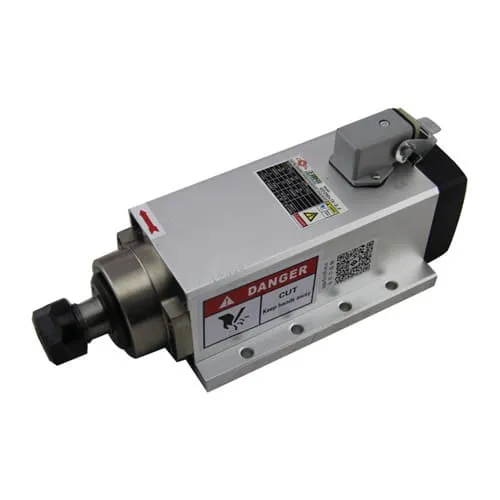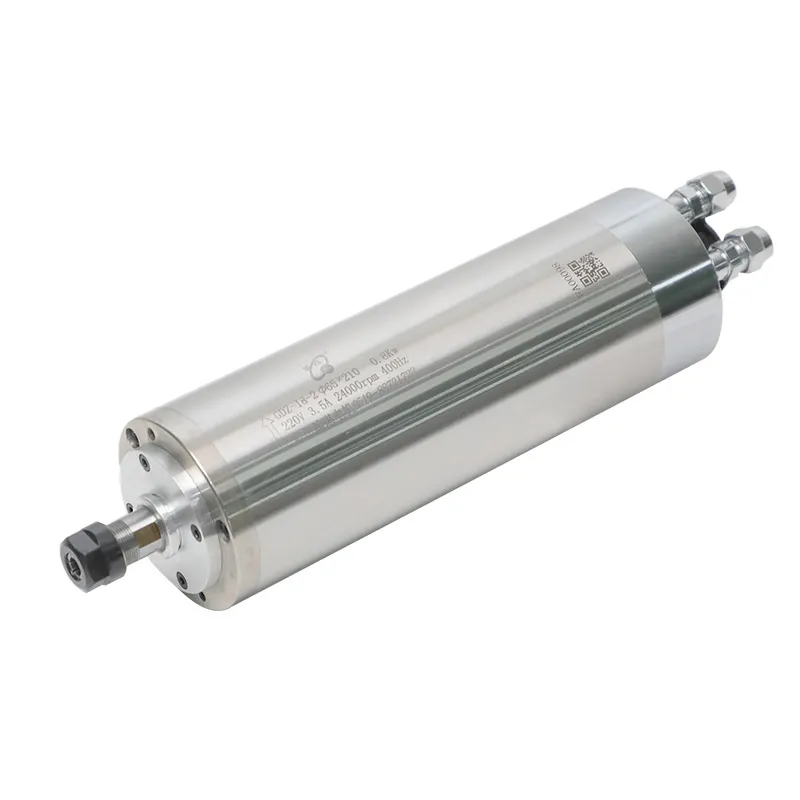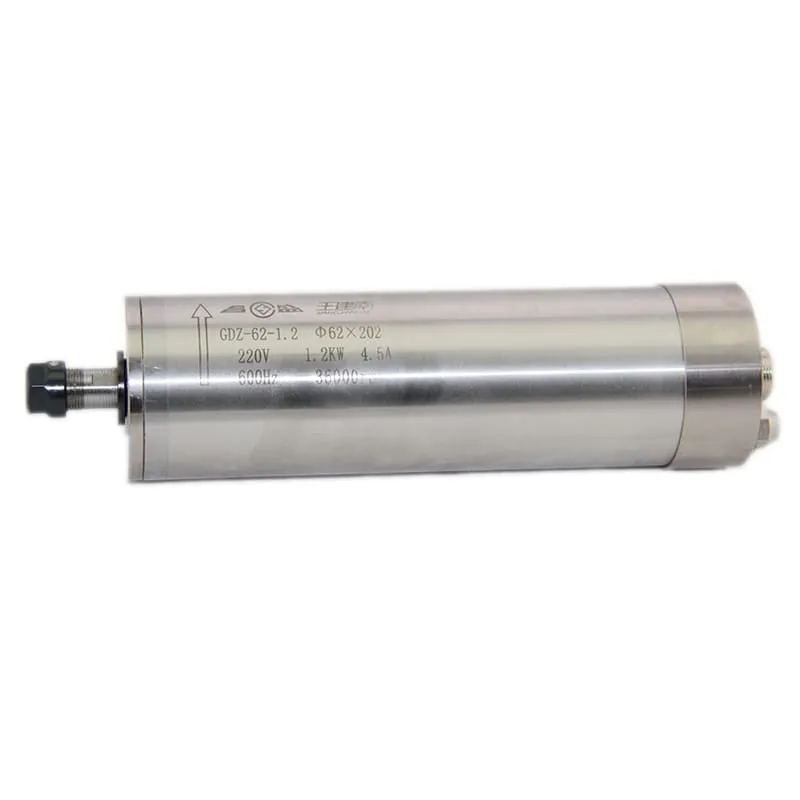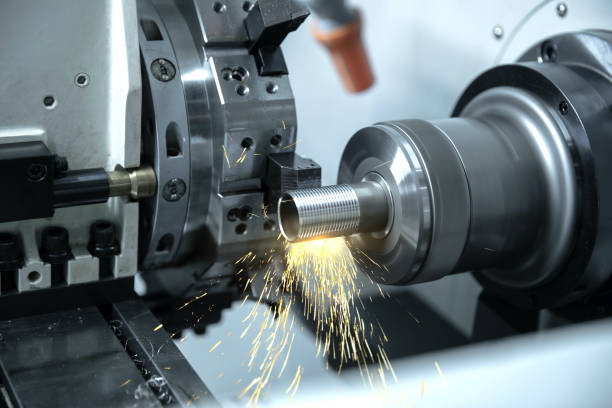A CNC lathe is one of the most versatile tools in modern machining, widely used in industries ranging from aerospace to automotive and beyond. These machines offer unparalleled precision in creating cylindrical parts, allowing for the crafting of intricate shapes that were once thought impossible. This guide will walk you through everything you need to know about CNC lathes—what they are, how they work, and why they are indispensable in today’s manufacturing world. If you’re asking, “What is a CNC lathe?” you’ve come to the right place.
Understanding CNC Lathes
What is a CNC Lathe?
A CNC lathe is a machine tool controlled by a computer system that automatically rotates the workpiece around a stationary cutting tool. CNC, which stands for Computer Numerical Control, is the automation technology that controls the lathe’s movements based on pre-programmed sequences. This allows for consistent, high-precision machining that traditional lathes cannot achieve.
CNC lathes are widely used for turning operations, where the main goal is to remove material from a rotating workpiece. They are highly capable of producing a variety of shapes, from simple cylinders to intricate patterns, in a highly repeatable and efficient manner.
Key Components of a CNC Lathe Machine
A CNC lathe consists of several essential parts that work together to create precise components:
- Headstock: Houses the spindle, which rotates the workpiece.
- Tailstock: Provides support for the workpiece at the other end, especially during longer cuts.
- Spindle: Holds and rotates the workpiece.
- Tool Turret: Holds multiple cutting tools that can be changed during the machining process.
- Bed: The base that supports all the components and maintains the machine’s alignment.

If you are looking for a robust spindle solution for your CNC projects, explore our 2.2KW ER20 Square Air-Cooled Spindle with Flange. This spindle can help provide stability and precision for your CNC operations.
Types of CNC Lathes
CNC lathes come in various configurations depending on their intended use. Here are the most common types:
1. 2-Axis CNC Lathes
These are the most basic type of CNC lathes, with two main axes of movement: X and Z. They are mainly used for turning operations, producing simple cylindrical parts.
2. 3-Axis CNC Lathes
In addition to the X and Z axes, these lathes also have a C-axis, which allows for the rotation of the spindle. This enables additional operations such as drilling and milling while the workpiece is still in place.
3. Multi-Axis CNC Lathes
These are advanced CNC lathes that have multiple axes (such as 4-axis or 5-axis) allowing for complex operations, including simultaneous multi-tool machining. They are ideal for intricate part geometries that require a high degree of accuracy.
CNC Lathe Operations Explained
A CNC lathe can perform several different machining processes. Here are the most common ones:
1. Turning
Turning is the primary operation in which a CNC lathe is used. The cutting tool moves along the axis of the rotating workpiece to shape it into a cylindrical form. Turning can also involve tapering, facing, and grooving.
2. Drilling and Boring
CNC lathes can also be used for drilling holes along the axis of a workpiece. Boring involves enlarging a pre-drilled hole with precision. The spindle remains stationary while the cutting tool is positioned at precise angles.
3. Threading
Threading involves cutting a helical groove into a workpiece to form a screw thread. CNC lathes excel in producing precise, repeatable threads at different pitches.

Consider upgrading your lathe machine’s precision by adding a 24000RPM 0.8KW ER11 Water-Cooled Spindle. A reliable spindle can enhance both accuracy and productivity.
The CNC Lathe Machining Process
To understand how a CNC lathe operates, it’s important to break down the typical machining process:
1. CAD Design
The process starts with creating a CAD (Computer-Aided Design) drawing. This design is a detailed representation of the part that needs to be machined. Popular software like AutoCAD or Fusion 360 can be used for this purpose.
2. CAM Programming
Once the design is ready, CAM (Computer-Aided Manufacturing) software is used to convert the CAD drawing into G-code, the language understood by the CNC machine. This code dictates tool movements, speed, and paths.
3. Setting Up the Machine
Next, the workpiece is clamped into the lathe’s chuck. The appropriate tools are loaded into the turret, and the G-code is loaded into the machine.
4. Running the CNC Lathe
The CNC lathe executes the G-code commands to produce the part. Operators monitor the machine to ensure everything runs smoothly.
5. Quality Inspection
After machining, the finished part is inspected for quality assurance. This ensures that all dimensions match the design specifications.
Advantages of CNC Lathes
CNC lathes offer numerous advantages over manual lathes, making them a valuable asset in modern manufacturing.
- Precision: CNC lathes provide exceptional accuracy, especially for intricate parts that require tight tolerances.
- Efficiency: Automation allows for faster production with minimal manual intervention.
- Repeatability: CNC lathes can produce identical parts consistently, reducing waste and maintaining quality standards.
Choosing the Right CNC Lathe for Your Needs
The selection of the right CNC lathe depends on the intended application. Here are some considerations:
- Material: Consider the type of material you need to work with, such as metal, wood, or plastic. Different lathes are designed for different material types.
- Size: Depending on the size of your projects, you may need a larger lathe with higher horsepower.
- Axis Count: Determine whether you need a 2-axis, 3-axis, or multi-axis CNC lathe, depending on the complexity of your parts.

For those looking for enhanced speed and precision, consider our 60000RPM 1.2KW ER11 Water-Cooled Spindle. It can help ensure smooth operation even during high-speed machining.
CNC Lathe Tools and Tool Turret
The tool turret is a vital component of a CNC lathe, holding multiple tools that can be automatically switched during operations. Here are some of the common tools used:
- Turning Tools: Used for basic turning operations.
- Boring Bars: Used for enlarging holes with precision.
- Threading Tools: For creating helical grooves or threads.
- Drill Bits: To create holes in the workpiece.
- Grooving Tools: To cut grooves into the workpiece.
Using the right tooling is critical to achieving the desired accuracy and quality in your parts.
FAQs
1. What materials can be machined on a CNC lathe?
CNC lathes can machine a wide variety of materials, including metals (such as aluminum and steel), plastics, and wood. The selection of the material depends on the project’s requirements.
2. How does a CNC lathe differ from a CNC milling machine?
A CNC lathe rotates the workpiece while the cutting tool remains stationary, ideal for cylindrical parts. A CNC milling machine, on the other hand, holds the workpiece in place while the cutting tool moves to remove material, which is better suited for non-cylindrical parts.
3. What are the key features to look for in a CNC lathe?
When selecting a CNC lathe, key features include axis count, spindle speed, tool turret capacity, and precision tolerance.
4. How accurate are CNC lathes?
CNC lathes are extremely accurate, capable of tolerances up to 0.001mm depending on the machine and the material being used.
5. What industries use CNC lathes the most?
Industries such as automotive, aerospace, manufacturing, and medical device production heavily rely on CNC lathes due to their ability to produce high-precision components consistently.
Conclusion
A CNC lathe is an essential machine tool in modern manufacturing, capable of producing intricate parts with exceptional precision and efficiency. Whether you are a beginner looking to explore CNC technology or an experienced machinist, understanding the different types of CNC lathes, the machining process, and the key components will empower you to make the most of this incredible technology. From basic 2-axis machines to advanced multi-axis lathes, there is a CNC lathe out there to meet your needs.
For those ready to take the next step in CNC lathe machining, investing in a quality spindle can make all the difference in your production’s quality and speed. Be sure to check out our range of spindles like the 2.2KW ER20 Square Air-Cooled Spindle to enhance your operations.
Mastering CNC lathe technology opens up endless opportunities for creating precision parts, optimizing production, and achieving consistent, high-quality results. The future of machining lies in the hands of those willing to leverage the full potential of CNC technology, and a CNC lathe is the perfect tool to get started.

